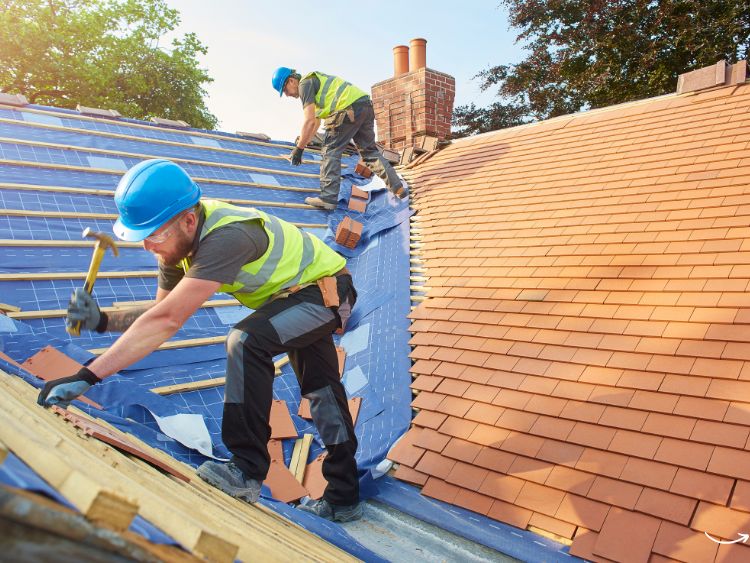Motorhomes embody the spirit of adventure and the comfort of home, all on four wheels. Yet, like any home, they require maintenance and care, especially when it comes to the roof. Motorhome roof repair is not just a maintenance task; it’s a crucial undertaking to ensure the longevity and safety of your mobile abode. This article dives deep into the essentials of motorhome roof repair, providing you with expert tips and techniques to keep your motorhome in top shape.
Picture this: you’re ready to hit the road, the map is spread on the table, and excitement buzzes in the air. But then you notice a leak in the ceiling, a surefire sign of roof damage. Instead of despairing, gear up for a bit of handy work—repairing your motorhome’s roof isn’t just necessary, it’s also entirely manageable with the right knowledge and tools.
In this guide, we’ll cover everything from identifying common issues to detailed, step-by-step repair instructions. Whether you’re a seasoned motorhome enthusiast or a first-timer, mastering roof repairs will ensure that your travels are safe and dry.
Recognizing the Need for Roof Repair
Before diving into repairs, it’s essential to know what signs to look for. Common indicators include:
- Water Stains or Leaks: These often appear on the ceiling or walls and are telltale signs of roof issues.
- Sagging Roof: This could indicate water accumulation or structural weakening.
- Cracks or Tears in the Roof Material: Particularly in motorhomes with rubber roofs, which can degrade over time.
Materials and Tools You’ll Need
Getting your toolkit ready is the first step in tackling roof repairs. Here’s what you’ll typically need:
- Sealant: Choose a type suitable for your roof material.
- Caulking Gun: For applying the sealant.
- Cleaner and Brushes: For preparing the surface.
- Utility Knife: To remove old sealant and damaged material.
- Replacement Materials: Such as patches or entire sheets of roofing, depending on the damage.
Step-by-Step Guide to Repairing Your Motorhome Roof
Preparing the Surface
- Clean the Area: Ensure the roof surface is free from dirt, debris, and old sealant for the new applications to adhere properly.
- Dry the Area Thoroughly: Moisture can undermine your repair efforts, so it’s crucial the roof is bone dry.
Making the Repairs
- Apply the Sealant: Use the caulking gun to apply sealant around any fixtures and in any cracks.
- Place Patches: If you have larger tears, cover them with the appropriate roofing material, securing them in place with sealant.
- Seal Edges: Ensure all edges are sealed to prevent water ingress.
Post-Repair Care
- Inspect Regularly: Check your roof frequently, especially after harsh weather.
- Clean Regularly: Keeping the roof clean will extend the life of your repairs and the roof itself.
FAQs on Motorhome Roof Repair
- How often should I inspect my motorhome roof? Regular inspections every six months or after any severe weather conditions can help catch issues early.
- Can I perform repairs myself? Absolutely! With basic tools and materials, most minor repairs are a DIY project. However, for extensive damage, consider seeking professional help.
- What is the best sealant for motorhome roofs? This depends on your roof type. Silicone-based sealants are great for rubber roofs, while others might require specialized products.
Summary
Repairing the roof of your motorhome is a crucial skill that ensures your vehicle remains safe, secure, and comfortable, no matter where your travels take you. With the right tools and a bit of know-how, you can handle most common issues yourself, saving money and extending the life of your motorhome.
Embarking on motorhome roof repair can seem daunting, but remember, it’s all part of the grand adventure of owning a motorhome. Each repair not only fixes your roof but also strengthens your bond with your traveling home. Safe travels and happy repairs!




